Which the burl tree value? The article aims to equip readers with a well-rounded understanding of tree burl value and the need for sustainable management, whether they are wood enthusiasts, artisans, or individuals concerned about environmental conservation.
- What are burl tree value and wood burl?
- Definition and characteristics of wood burl
- Types of trees that produce burls
- How does wood burl form?
- Factors affecting wood burl pricing
- Rarity and scarcity of burls
- Size and quality of burl formations
- Tree species and location
- Sustainability and ethical considerations
- The market for wood burl
- Industries and markets that utilize wood burl
- International demand and supply dynamics
- Price ranges for various tree burl types
- Pricing examples
- Examples of tree burl pricing in different regions
- The future of burl wood value
- Trends in selling wood burl
- Potential for increased value and sustainability
- Conclusion
- FAQ
- Are tree burls worth money?
- What is the most expensive burl?
- Why is burl so expensive?
- How much are red oak burls worth?
- Can I find tree burl inside a tree trunk?
What are burl tree value and wood burl?
Wood burl, renowned for its striking and irregular wood grain patterns, has been prized for centuries by artisans, woodworkers, and collectors.
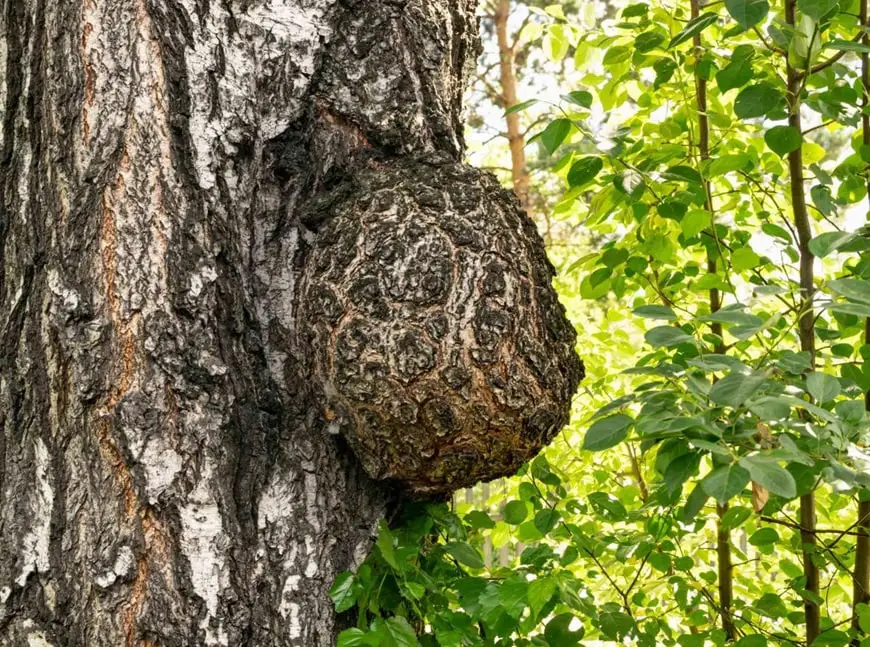
To appreciate the tree burl value, it’s essential to first understand the origins and characteristics of this unique material.
Definition and characteristics of wood burl
Burl wood is a distinct type of rare wood characterized by its captivating and intricate grain patterns. These patterns are unlike those found in regular wood, often featuring swirls, knots, and irregular growths that create visually stunning and unique designs.
Burl wood is highly sought after for its aesthetic appeal, making it a valuable resource for fine woodworking, cabinetry, and decorative art.

The beauty of wood burl lies in its unpredictable and mesmerizing wood grain, which varies from one burl to another.
Its distinctive wood grain patterns are the result of dormant buds, ingrown bark, and various cellular irregularities in the tree.
The swirling and intricate wood grain designs found in wood burl are a testament to nature’s artistry and the intricate processes that occur within the tree itself.
Types of trees that produce burls
Burls can be found on a variety of wood species, but they are more commonly associated with hardwood trees. Wood species that are known to produce burls include but are not limited to oak, maple, redwood, walnut, cherry, and boxelder.
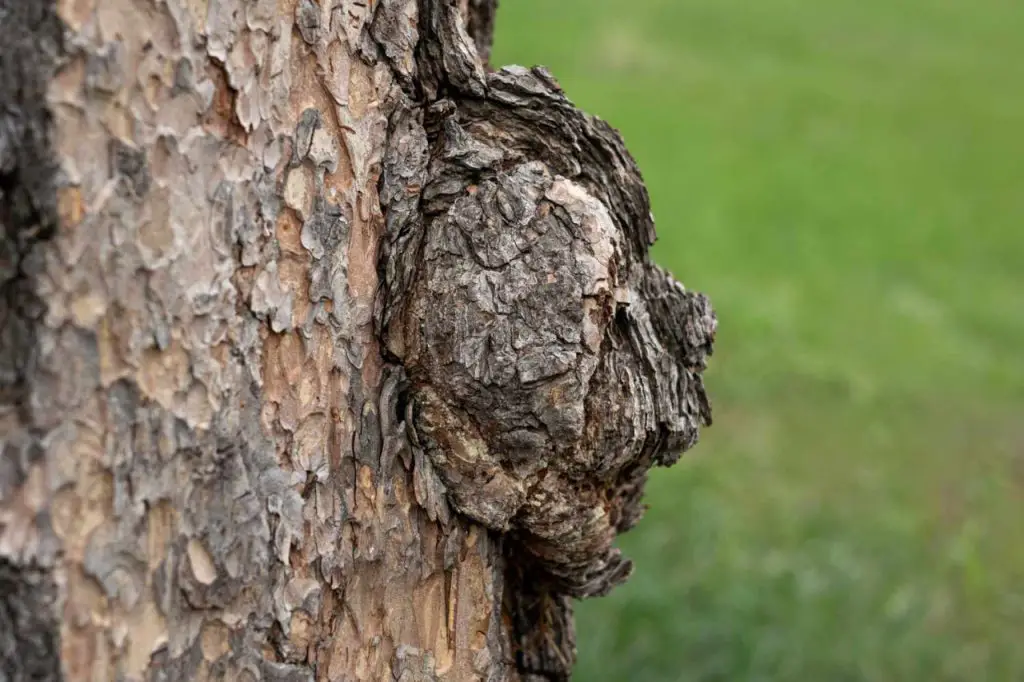
Each type of tree imparts its unique characteristics to the wood burl, further diversifying the appearance and appeal of these tree trunk formations: layered burl and eyed burl types.
It’s worth noting that not all individuals of a particular species will produce burls, and the formation of burls is still a somewhat mysterious process.
Nevertheless, these natural occurrences have garnered significant attention for their exceptional attributes.
How does wood burl form?
The formation of burls remains a topic of scientific interest and debate. Burls are often associated with stress or injury to a tree, such as mechanical damage or insect infestations.
However, some burls seem to develop spontaneously or due to genetic mutations within the tree.
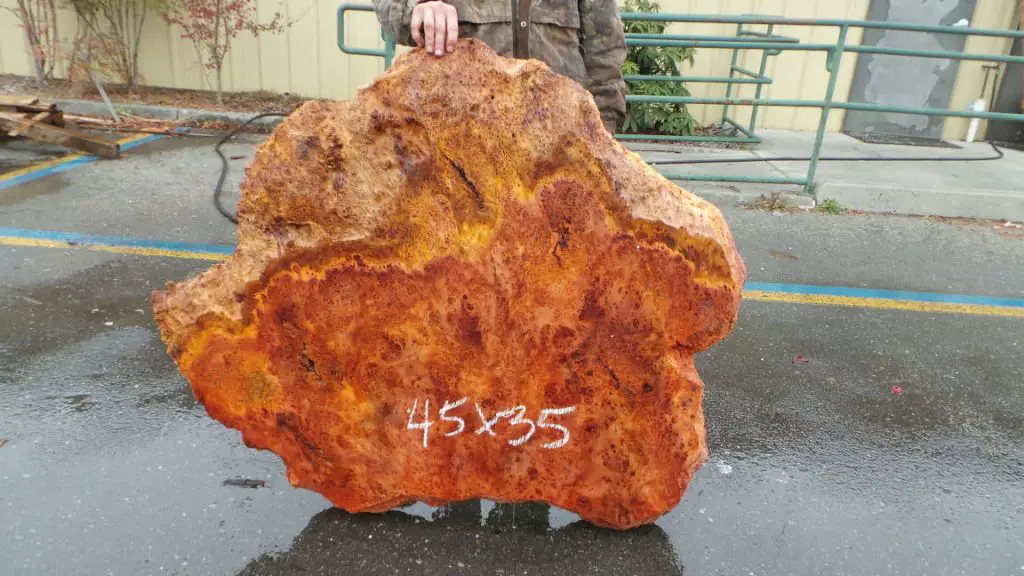
One hypothesis suggests that the growth of burls may be the tree’s response to heal or compartmentalize damage.
As the tree attempts to recover, it can create the irregular growth characteristic of wood burl. The exact mechanisms and triggers for burl formation continue to be explored by botanists and researchers.
Intriguingly, the distinctive beauty of wood burl emerges from these intricate and mysterious natural processes, making it a treasured resource for both artistic and practical applications.
Factors affecting wood burl pricing
The tree burl value is a complex matter influenced by a range of factors that contribute to its value in the market. Understanding these determinants is essential for anyone involved in the trade, whether as a woodworker, artisan, collector, or conservationist.
Rarity and scarcity of burls
One of the primary factors influencing the pricing of wood burl is its rarity and scarcity. Burl formations are relatively uncommon, even within species that are known to produce them.

The scarcity of burls can be attributed to various factors, including the infrequent occurrence of the conditions that lead to burl formation, such as tree injuries, infections, or genetic mutations.
The rarity of burls contributes significantly to their value. Particularly exquisite or large burl formations can be exceedingly scarce, leading to higher demand and elevated prices.
Woodworkers and artisans often seek out wood burl for its uniqueness, making rare burl types especially desirable.
Size and quality of burl formations
The size and quality of burl formations are crucial determinants of their market value. Larger burls not only yield more usable wood but also often exhibit more extensive and intricate grain patterns.
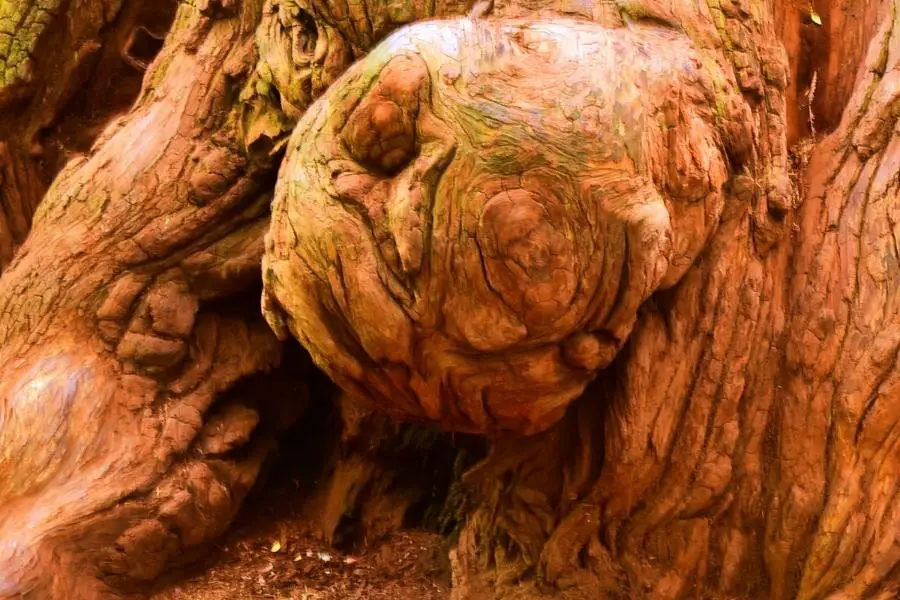
The quality of the grain patterns within the burl also plays a significant role in pricing. Burls with exceptional and visually captivating grain patterns are highly sought after and can command higher prices.
Tree species and location
The wood species that produces the burl and its geographic location can also influence pricing (for example, oak burl or cherry wood burl). Some wood species are known for producing particularly valuable wood burl due to the uniqueness of their grain patterns or the characteristics of the wood itself.
Additionally, the location of the tree, such as whether it was found in a remote forest or urban area, can affect transportation costs and, consequently, pricing.
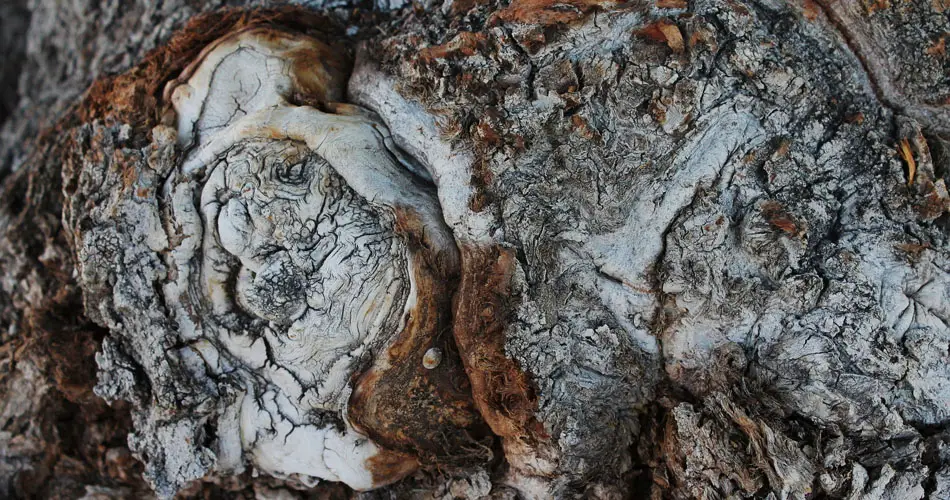
For example, the highly coveted burl wood from specific wood species, like the redwood burl, commands a premium due to its stunning grain patterns and the wood’s intrinsic qualities.
Sustainability and ethical considerations
In recent years, sustainability and ethical considerations have gained prominence in the wood burl industry. Overharvesting of burl trees can lead to ecological imbalances and depletion of these unique resources.
As a result, responsible harvesting practices and conservation efforts have become vital considerations.
Woodworkers, artisans, and consumers are increasingly valuing wood burl that comes from sustainable sources.
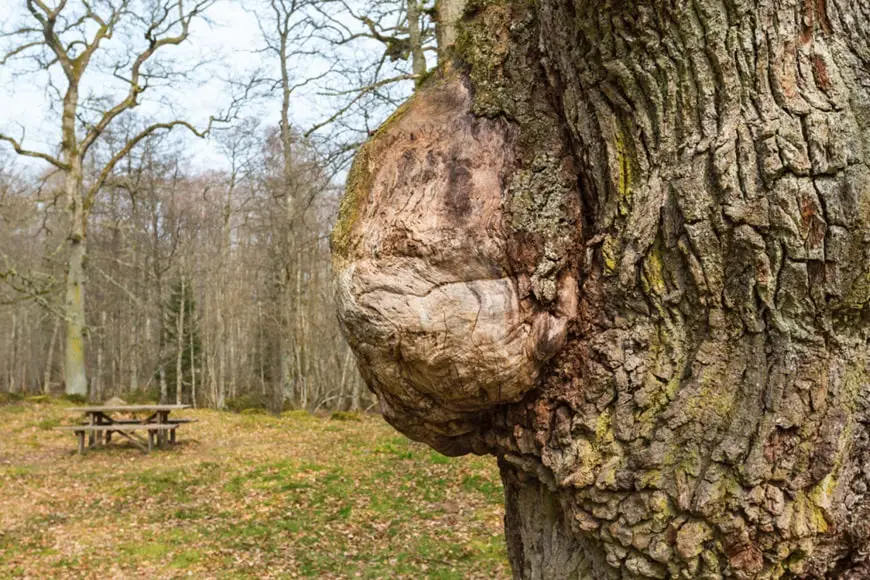
Ethical concerns regarding the impact of wood burl extraction on the environment and local communities have led to the development of certification programs and guidelines for responsible harvesting.
Understanding these factors affecting wood burl pricing is essential not only for those involved in the industry but also for promoting sustainable practices and the responsible use of these remarkable natural resources.
The market for wood burl
The market for tree burl is a dynamic and diverse landscape that caters to a wide range of industries and consumers. Burl wood’s exquisite and unique characteristics make it a sought-after material for various applications.

Industries and markets that utilize wood burl
Burl wood finds its way into a multitude of industries and markets, thanks to its captivating appearance and versatility. Some of the key sectors that utilize burl wood include:
- Fine woodworking: tree burl is a favorite among master woodworkers who use it to create exquisite furniture, cabinetry, and intricate inlays (for example, oak burl). The unique grain patterns add a touch of natural artistry to their creations.
- Art and crafts: artists and craftsmen are burl buyers as they use it to craft decorative items, sculptures, and functional art pieces, leveraging its aesthetic appeal to produce one-of-a-kind works.
- Musical instruments: musical instrument makers often use tree burl for crafting instrument bodies, such as guitar tops and violin backs, as the wood’s resonance properties can enhance the instrument’s tone.
- Automotive interiors: luxury and high-end automotive manufacturers incorporate wood burl veneers in the interior design of their vehicles, adding a touch of opulence to car cabins.
- Collectibles and antiques: collectors are burl buyers too as they value it for its rarity and beauty, seeking unique pieces to add to their collections of fine art and craftsmanship.
- Home decor: tree burl is used to create decorative items such as bowls, vases, and picture frames, enhancing interior decor with its distinct charm.
International demand and supply dynamics
The international market for wood burl is characterized by varying demand and supply dynamics. The demand for tree burl often outstrips the available supply due to the rarity of burl formations and the global appreciation for its beauty.

This dynamic results in tree burl being sought after in markets across the world.
Regions with a significant presence of burl wood-producing trees, such as the United States, Canada, Europe, and parts of Asia, are central to the supply of wood burl.
Demand for tree burl is not limited to its country of origin, as international trade enables the distribution of tree burl to meet global demand.
International trade also means that different regions and markets may have distinct preferences for certain types of tree burl.
For example, redwood burls from California may be highly sought after in the United States, while other regions may prefer burls from different species.
Price ranges for various tree burl types
The burl wood prices can vary significantly based on factors such as rarity, size, quality, and market demand.
As a result, there is a wide range of price points for different types of tree burl. High-quality, large, and rare burls can command premium prices, often reaching thousands of dollars for a single piece.

However, smaller and more common burl wood pieces may be more affordable.
The price range for wood burl can also differ by species. Some tree species, like redwood and walnut, are known for producing particularly valuable tree burl, while others may have less market demand.
Understanding the diverse uses of wood burls, international market dynamics, and the price variability within the market is essential for both buyers and sellers, helping them make informed decisions regarding procurement, pricing, and sustainability practices.
Pricing examples
Exploring real-world pricing examples and case studies provides invaluable insights into the intricate market of tree burls.

By examining specific instances from different regions, we can gain a deeper understanding of the factors influencing burl wood prices and the variability in the market.
Examples of tree burl pricing in different regions
Pacific Northwest, United States: the Pacific Northwest, particularly Oregon and Washington, is renowned for its good quality wood burl, including species like maple, redwood, and madrone.
In this region, a medium-sized, high-quality redwood burl slab with intricate grain patterns can fetch anywhere from $500 to $2,000, depending on its size and unique features (for example, walnut burl), and $15-25 a board foot for sliced, wet wood (like with cherry burl wood).
Just keep in mind that wet wood burl should be dried before usage.
Canada: British Columbia in Canada is another hotspot for wood burls, notably maple burls. A medium-sized maple burl with exceptional figure and coloration can be priced between $800 and $3,000.
Larger, premium-grade burls have been known to reach prices upwards of $5,000, especially when destined for specialty woodworking or artistic projects.
Europe: European markets, especially in countries like France and Germany, often demand burled wood for high-end furniture and decorative arts.
European beech burls are highly valued for their intricate patterns.
A medium-sized European beech burl block can range from €300 to €1,500, with prices varying based on quality and rarity.
Asia: in countries like Japan, where traditional woodworking and craftsmanship are highly regarded, tree burls hold significant cultural value.
Japanese woodworkers often seek out domestic wood burl varieties, such as keyaki (zelkova) and katsura, which can be priced between ¥30,000 and ¥150,000 for premium-grade burls used in crafting exquisite furniture and art pieces.
Australia: Australia is home to unique tree burl varieties, including jarrah and banksia. Australian burls are prized for their vibrant colors and intricate grain patterns.
A medium-sized jarrah burl bowl can range from AUD $300 to $1,500, making it a popular choice among woodturners and collectors.

It’s important to note that these prices serve as general examples and can vary significantly. They usually evaluate tree burl value based on factors such as size, quality, figure complexity, and local market demand.
Additionally, the value of burl wood depending on ethical and sustainable sourcing practices, as well as certification of authenticity, can change the final price of tree burl products.
The future of burl wood value
As the market for burl wood continues to evolve, understanding the prospects of its supply and demand is crucial.
Trends in selling wood burl
Sustainability and ethical sourcing: there is a growing supply and demand for sustainable and ethical sourcing of wood burls.
Consumers are increasingly conscious of the environmental impact of their purchases, which has led to an increased supply and demand to harvest and find tree burl responsibly.
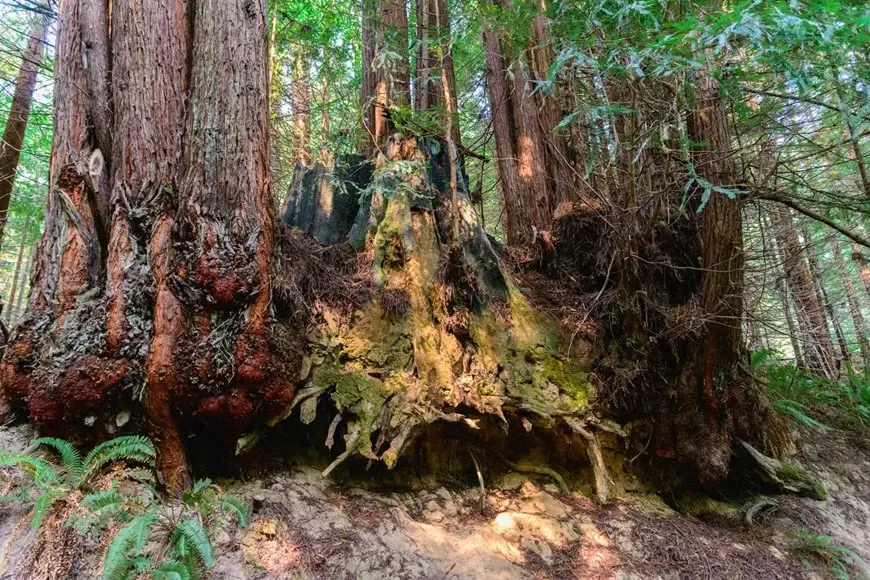
Certification programs and transparency in the supply chain are likely to gain more prominence.
Global market expansion: as wood burls gain popularity worldwide, markets in regions previously less involved in the trade are likely to expand.
This globalization may influence pricing, as different regions favor particular tree burl types and styles.
Online marketplaces: the rise of e-commerce and online marketplaces has made it easy for sellers to find burl buyers.
Potential for increased value and sustainability
Collaboration with conservation: the burled wood industry has the potential to collaborate more closely with conservation organizations to ensure the sustainable management of burl-producing trees.
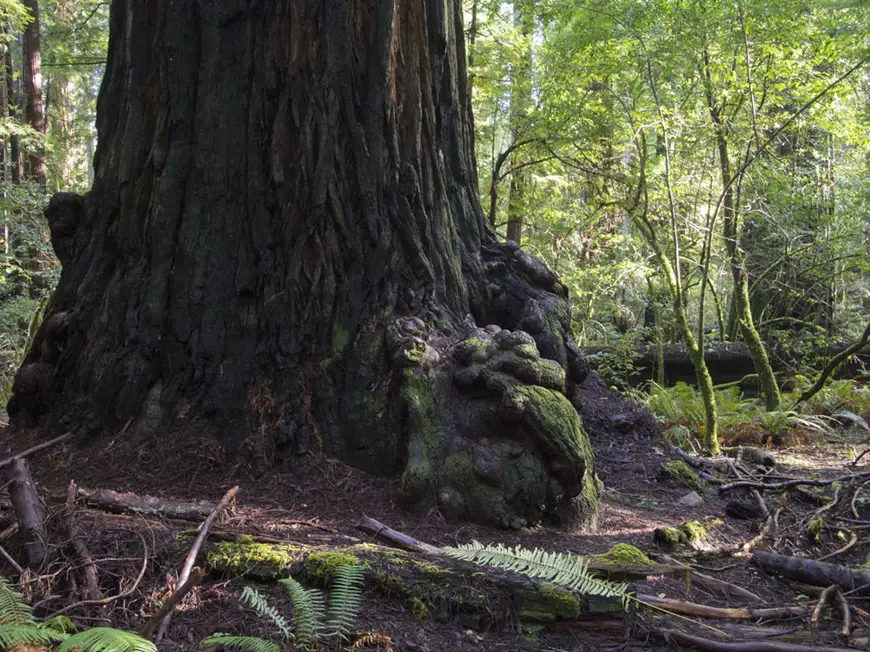
Education and awareness: increasing awareness about the uniqueness and value of tree burls may lead to a greater appreciation for their rarity.
This, in turn, can contribute to enhanced value and demand for tree burl products.
Technological advancements: advancements in technology, such as non-invasive imaging techniques, can help identify potential burls within trees without causing harm.
This can lead to more efficient and sustainable harvesting practices.
Conclusion
In conclusion, the future of wood burls’ value is marked by an evolving landscape that embraces sustainability, innovation, and global demand.
By staying attuned to emerging trends and opportunities, stakeholders in the burl wood industry can continue to unlock the full potential of this exceptional natural resource while ensuring its responsible use and preservation for future generations.
FAQ
Are tree burls worth money?
Yes, tree burls can be valuable. It’s possible to make money selling burls, especially if they have unique patterns and qualities.
What is the most expensive burl?
The most expensive burl types often include redwood burl, walnut burls, maple tree burls, and highly sought-after exotic wood burls.
Why is burl so expensive?
Its rarity, distinct grain patterns, and high demand in woodworking, art, and luxury markets are what make wood burl so expensive (for example, walnut burl).
How much are red oak burls worth?
The value of red oak burls varies based on size, quality, and market demand, but they can range from hundreds to thousands of dollars.
Can I find tree burl inside a tree trunk?
Sometimes you may find tree burl inside the tree trunk or the root system (for example, cherry burl, walnut burl, or oak burl).

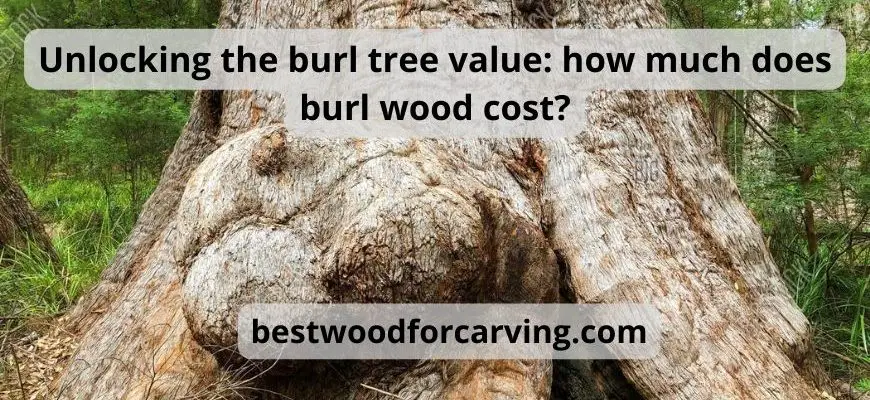
![Sapele vs. walnut wood [5 main differences] Sapele Vs. Walnut Wood: Top 5 Differences & Best Guide](https://bestwoodforcarving.com/wp-content/uploads/2024/01/wood-53-335x220.jpg)
![Mango wood furniture pros and cons [9 tips] Mango wood furniture pros and cons + 9 tips before you buy](https://bestwoodforcarving.com/wp-content/uploads/2024/01/wood-51-335x220.jpg)
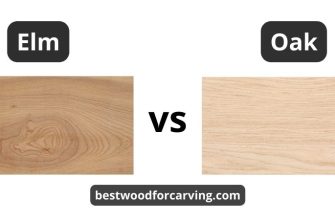
![Which advantages and disadvantages of hickory wood? [8 factors] Top 8 Disadvantages Of Hickory Wood: Best Helpful Guide](https://bestwoodforcarving.com/wp-content/uploads/2024/01/wood-38-335x220.jpg)
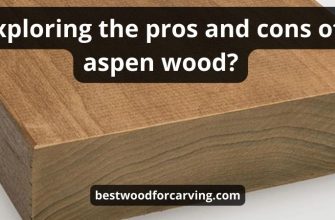

![How Long Do Wood Pellets Last? [6 Essential Insights Unveiled] How long do wood pellets last](https://bestwoodforcarving.com/wp-content/uploads/2023/12/How-Long-Do-Wood-Pellets-Last-6-Essential-Insights-Unveiled-2-335x220.jpg)
![Tung oil vs polyurethane [4 main comparison factors] Tung Oil Vs Polyurethane: Top 4 Factors & Best Helpful Guide](https://bestwoodforcarving.com/wp-content/uploads/2023/12/wood-14-335x220.jpg)
![Is tung oil flammable? [7 Preventive measures] Is Tung Oil Flammable: Top 7 Safe Tips & Best Guide](https://bestwoodforcarving.com/wp-content/uploads/2023/12/What-is-a-Wood-Planer-3-335x220.jpg)
